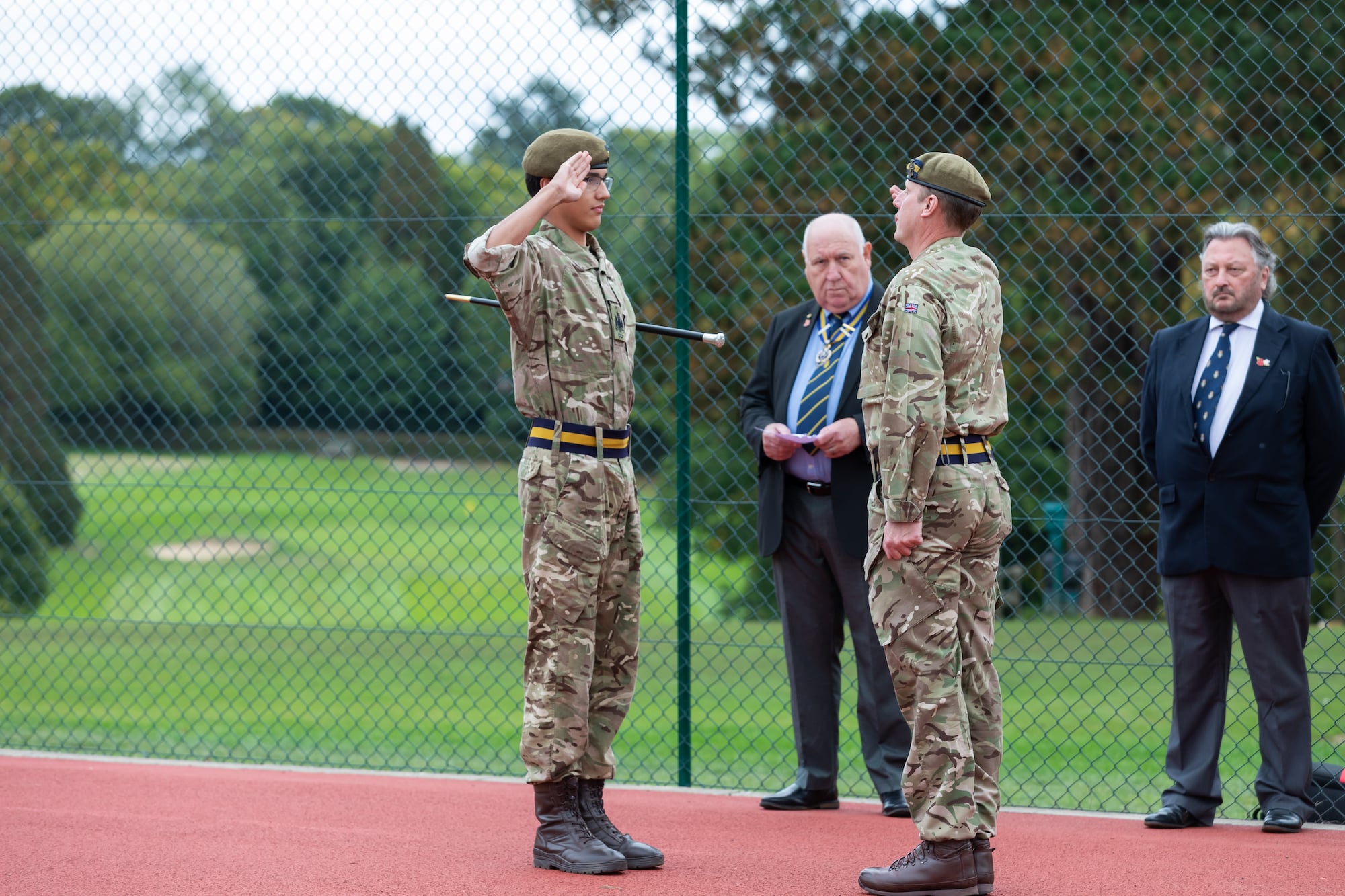Due to the small numbers studying the two year AS geology course this year, we were able to save a lot of time by flying up to Glasgow and hiring a car to catch the ferry from Ardrossan across to Arran. Due to the extreme efficiency of the team, we were able to catch an earlier boat than the one we were booked onto, giving us a head start on the rocks and some extra time to study some glacial landforms on the way over to our accommodation in Lochranza.
We were blessed with great weather; cool, but essentially dry and sunny. As ever the island lived up to its reputation as the Geo-capital of the known universe. We were able to examine a wide range of igneous rocks including the stunning sill at Drumadoon, the Kildonan dyke swarms, and the massive centre granite batholith. We interpreted the ancient environments from sediments that told the story of Scotland’s journey through time, from a muddy Antarctic ocean, across the deserts of the southern tropics, over the equatorial coal swamps and into the northern desert belt (complete with sand dunes, an oasis and “dinosaur” footprints). Evidence for closing oceans, formation of Himalayan scale fold mountains and finally the, relatively recent, opening of the Atlantic were also witnessed.
An amazing amount was packed into our trip and the students responded with great interest and enthusiasm to the long days and evenings – all determined to squeeze as much as possible out of the experience.
Many thanks to the students for their enthusiasm; the Lochranza Centre for accommodating and feeding us so well, and to Jemima Young for coming along to help out. The greatest debt of gratitude however, must go to the Island of Arran itself, for its stunning geology, wonderful wildlife and stunning scenery. As ever it was a real wrench to leave.
[ngg src=”galleries” ids=”127″ display=”pro_mosaic” ngg_proofing_display=”0″ captions_enabled=”0″ captions_display_sharing=”1″ captions_display_title=”1″ captions_display_description=”1″ captions_animation=”slideup”]
Back to all news











